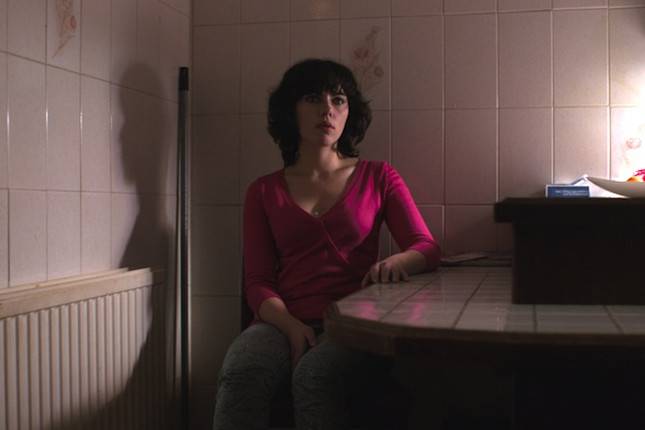In the intriguing world of cinema, where emotions and reactions are as diverse as the stories themselves, Scarlett Johansson’s journey with the 2013 film “Under the Skin” stands out as a testament to the unpredictable nature of audience reception. A decade ago, during the 70th Venice International Film Festival, Scarlett Johansson found herself facing a challenging moment as her film faced the wrath of a disappointed audience.
Recollections of that moment resurfaced as Alberto Barbera, the artistic director of the Venice Film Festival, shared his memories in a recent interview with The Guardian, just as this year’s festival prepared to unfold. Barbera vividly recounted the screening of “Under the Skin” back in 2013, where an unexpected chorus of boos echoed through the theater. Scarlett Johansson, then 38 years old, was profoundly affected by this reaction, nearly brought to tears by the unexpected backlash from the audience.
In a touching gesture of support, Barbera tried to reassure Johansson in the midst of her emotional turmoil, assuring her that with time, the film’s true value would emerge. “Don’t worry,” he told her, “in time the film will be recognized.” And indeed, his prediction came to fruition. What once seemed like a cinematic misstep transformed into a cult classic over the years.
“Under the Skin,” helmed by the visionary director Jonathan Glazer, presented Scarlett Johansson in a role quite unlike any other—an alien navigating the human world, particularly the city of Glasgow, while preying on unsuspecting men. What’s even more fascinating is that some scenes were left unscripted, allowing Johansson to improvise with genuine civilians, all captured through a hidden camera, adding an extra layer of authenticity to her performance.
Johansson, in retrospect, expressed her bewilderment at the audience’s mixed reaction. Looking back to 2014, she recalled the moment as “very strange.” Sitting in the expansive mezzanine of the theater, she felt an overwhelming sense of exposure. As the film concluded, the dual symphony of cheers and jeers filled the air in equal measure, leaving her unsure how to respond. The dichotomy of emotions displayed by the audience left her both unsettled and shocked.
Her director, Jonathan Glazer, however, basked in the unexpected outcome. He viewed the audience’s passionate response as a form of art in itself—an amalgamation of both positive and negative reactions, creating a unique soundscape that he found exhilarating. For Johansson, the immediate aftermath was a curious blend of confusion and surprise.
Beyond the walls of the theater, Johansson also addressed the movie’s reception in various interviews. Reflecting on the experience in the context of the Venice Film Festival, she spoke of the diverse range of reactions the film elicited. Cheers and boos, speechlessness and vocal protests—these mixed emotions painted a vivid picture of engagement, which, as Johansson pointed out, was ultimately the essence of filmmaking.
From a personal perspective, she emphasized the lasting impact a film can have, regardless of whether it’s loved or disliked. As an audience member herself, she appreciated the power of a film to linger in one’s thoughts, to provoke discussions, and to imprint lasting visuals on the mind. For Johansson, the goal was achieved if the film prompted people to ponder its themes, long after the credits rolled.
As the years went by, “Under the Skin” transformed from a contentious screening to a cinematic gem, leaving a lasting imprint on both Scarlett Johansson’s career and the realm of cult classics. The tale of the film’s journey, from its initial reception to its eventual recognition, is a testament to the unpredictable, evolving nature of art and the profound impact it can have on both its creators and its audience.

